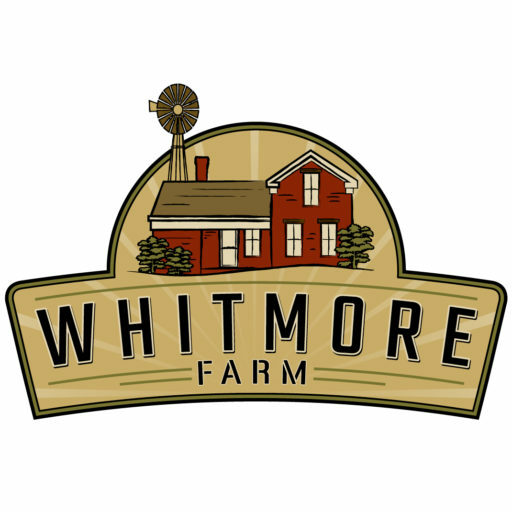Tips for winterizing your chicken coop
1. heat: Many people are tempted to put a heat lamp in their coop. Do not do this. For starters, they are a fire hazard. You may think that hanging a lamp from the ceiling is safe, but the chickens jump around much more that you would think and the likelihood of them knocking the lamp to the floor or breaking the bulb are high. Broken glass is not something you want to deal with in the coop. If the lamp fals to the floor and does not break, it can burn a hole in the floor and potentially catch wood shavings on fire! (trust me, its happened to me)
Another reason not to use a heat lamp is that the birds become acclimated to the the bulb. If left to their natural adaptations, their bodies will get used to the days getting colder and colder and be naturally resistant to the cold. If you use a heat lamp, they will get used to the temperature in the coop under the lamp, if the bulb dies in the middle of the night, your birds will not be able to adjust to the sudden change of temperature and can die.
The birds do not need heat. Some people bring their birds in the house on really cold days, I personally think this is a bad idea, not just because of the change in body heat balance, but because of disease. Never bring your birds in the house.
2. Air circulation: Many people are tempted to seal up their coop in the winter like you would your house to keep the heat in but its important to maintain a certain level of air circulation. Humidity is a major problem in the winter. Your birds emit humid air when breathing, their feces emits damp air and the bedding can emit warm damp air. If this damp air stays in the coop, it can collect on the birds heads and combs and freeze, causing frost bite. The air should be able to rise and exit the coop through air vents along the roof line. Ideally there would be air vents along the bottom of the coop to encourage the air to be sucked in the bottom and allowed to exit out the top.
The birds must be able to escape a draft. This is what will damage them and ruin their chances of surviving the winter. Keep them away from the strong cold breeze, if they have a nice area in their coop to perch out of the breeze, they will happily sit there puffed up for long periods of time.
3. Water: Birds should always have water available. During the winter, this can be a challenge because the water wants to freeze. You can buy water heaters from Tractor Supply, but I found an alternative that is cheap and easy. Take a 12” round cookie tin, put a $5 landscape light that takes a 60w light bulb (from Home Depot or Lowes) in the tin and place the waterer on top. This emits just enough heat to keep both metal and plastic waterers from freezing. We found that when the temperature goes really low (-20F) the water needs to be thawed, but that only happens a few times a year.
4. Predators: People are tempted to let their birds free range during the day in the winter but trust me, there is no food out there for them. Their best source of food will be from the feeder in the coop. During the winter, food is scarce, so predators are looking for easy meals. Predators like foxes, coyotes and weasels become more bold in the winter because they are hungry, so they might come into your yard for a feast even when you are standing 10 feet away! During the winter there is less cover for the birds also, usually they can hide under bushes and trees when predators come around, but that’s not available in the winter. Allowing the birds to free range in the winter is just asking for problems.
Also, keep in mind, weasels can easily walk through 1” x 1” chicken wire, so if you think your coop is predator proof, think again. Half inch hardware cloth is the only dependable protection for a chicken coop, aside from solid wood. Ensure that any gaps over a half inch are covered and secured before the snow falls, but do not hinder air flow.
5. Cleaning: You still need to clean your coop during the winter. I know some people like the “deep bedding method” but I think this just invites problems with disease and humidity. Grass clipping seem to never dry out, so piling bags of those in your coop seems like a disaster. You could use pine shavings or hay, but that can cost quite a bit of money. I think the most efficient method is to just continue your normal cleaning schedule throughout the year. Remove piles of feces as they develop, usually under roosts, and once every few weeks, replace the bedding.
I hope this helps, if you have any idea’s please leave them in the comments below. Keep those mother cluckers safe this winter.

